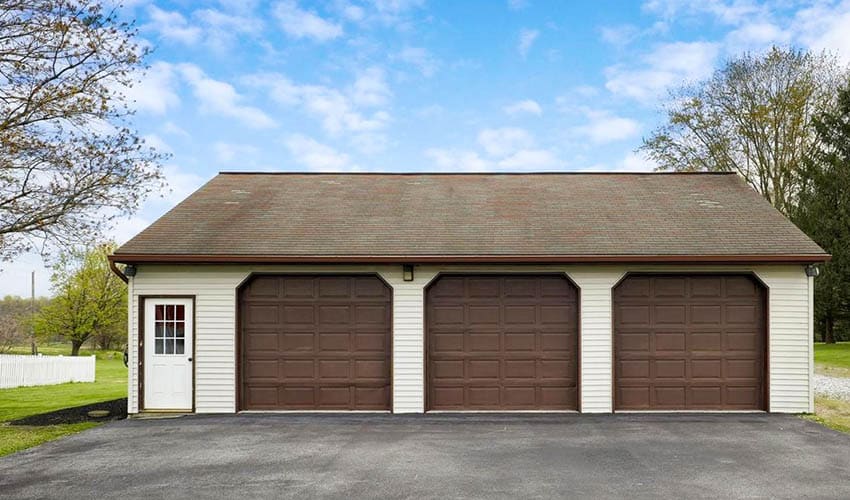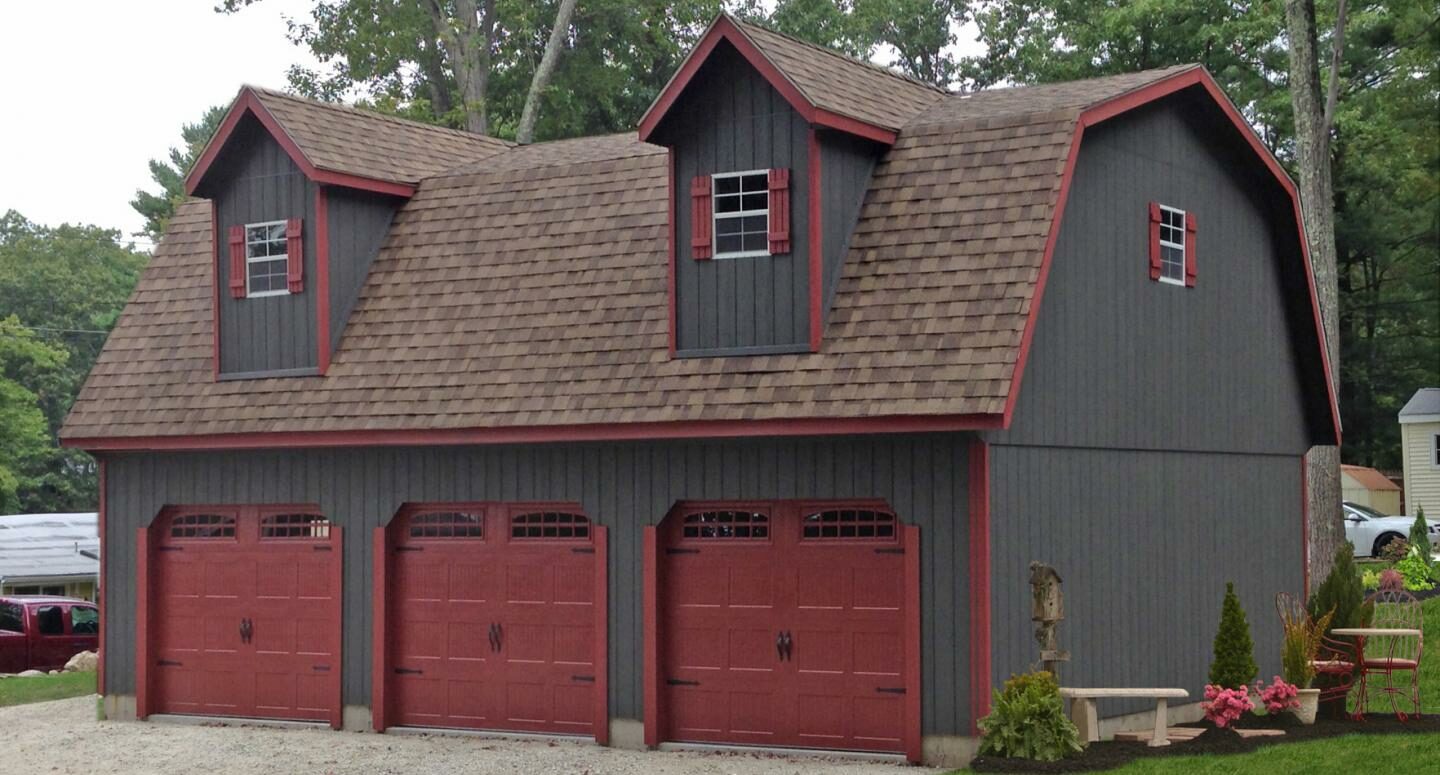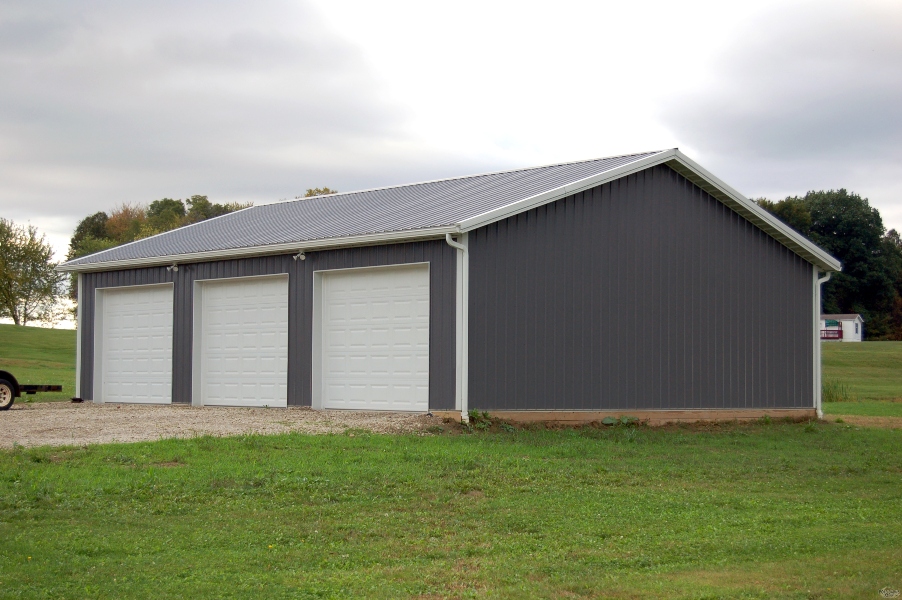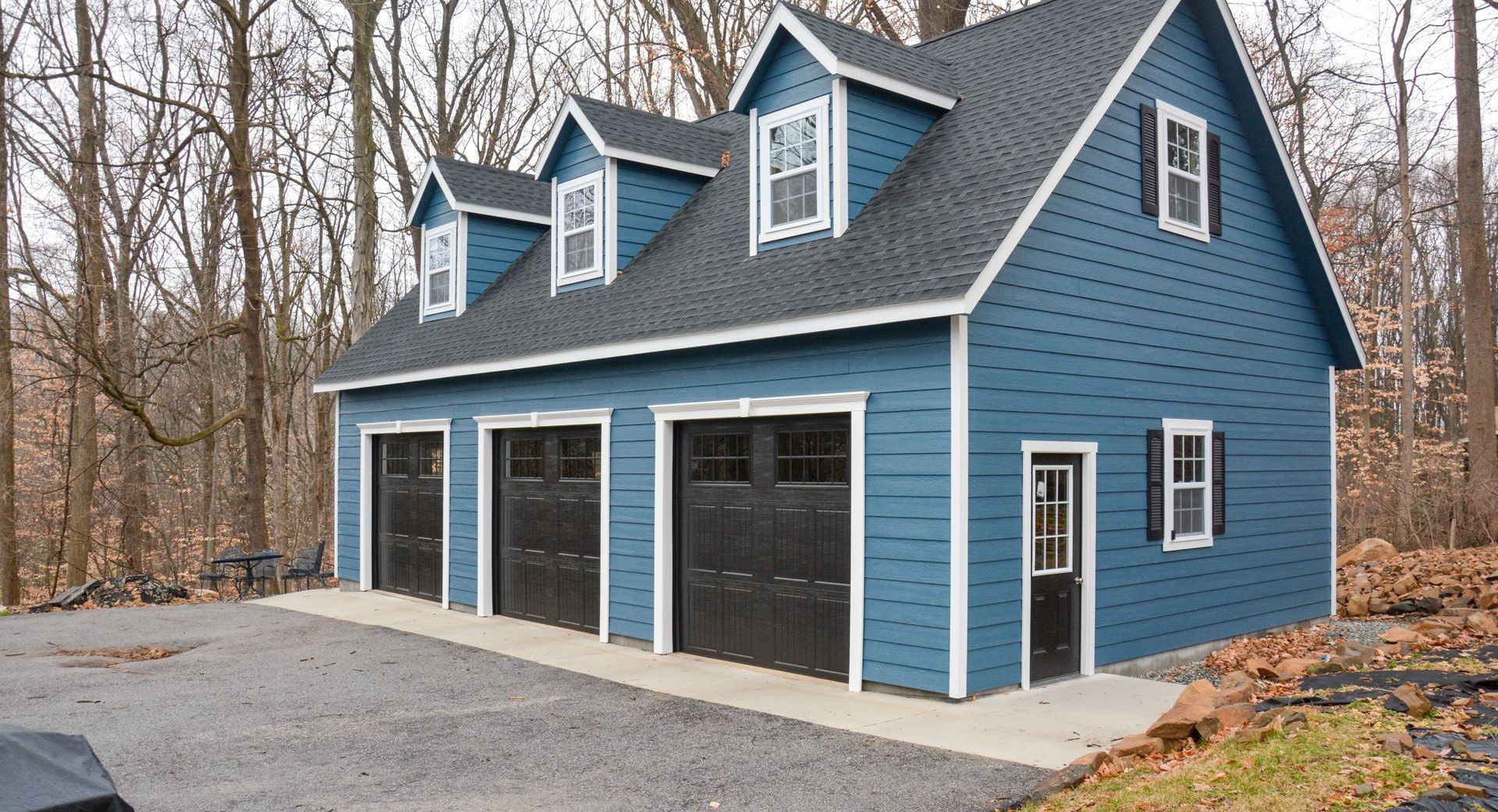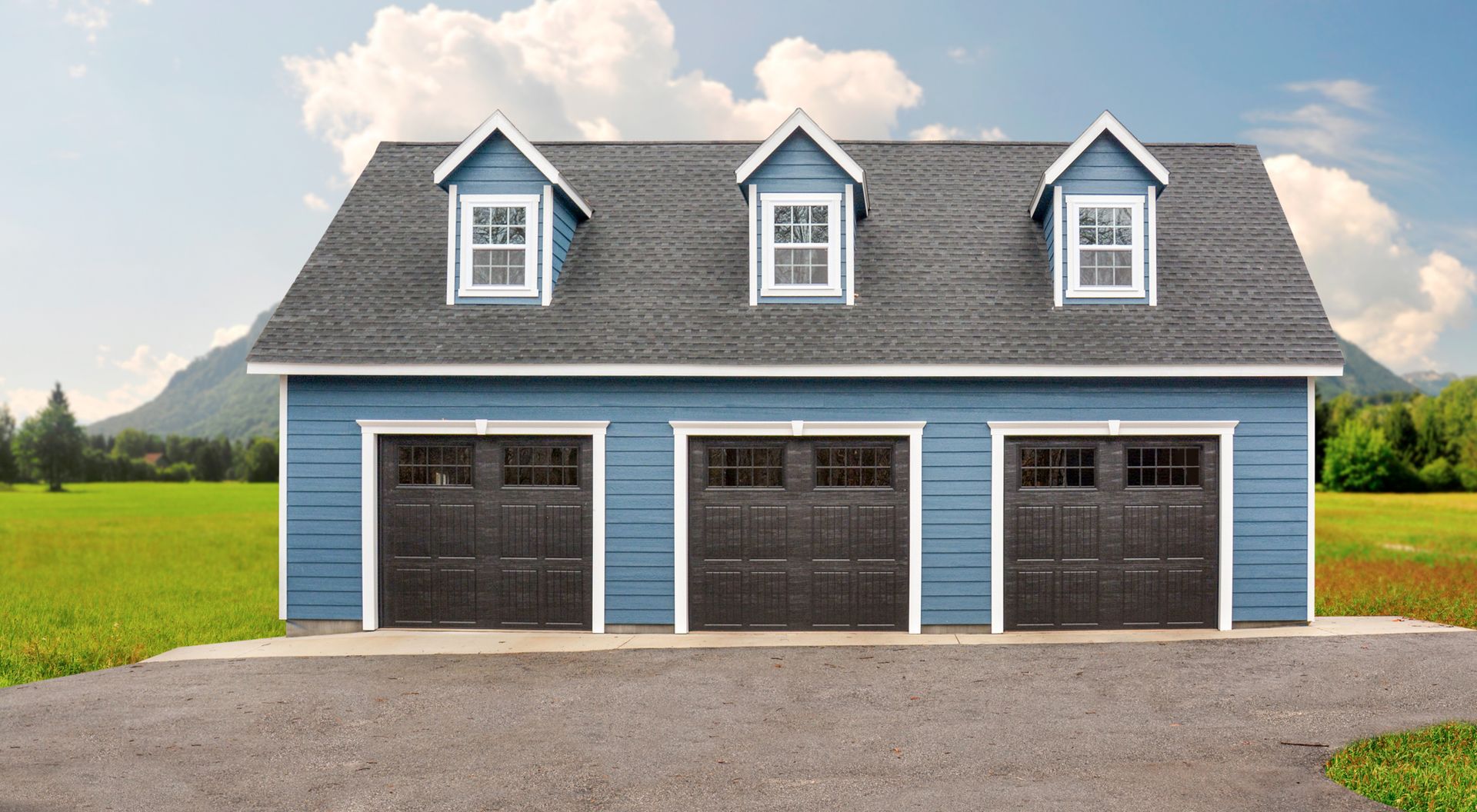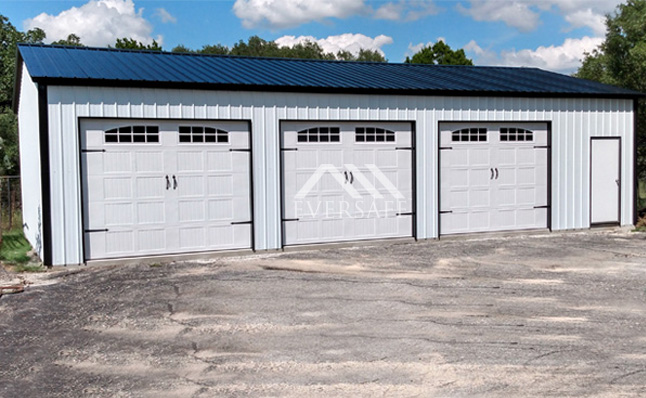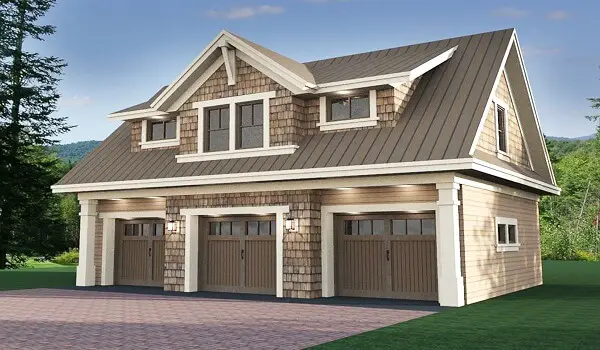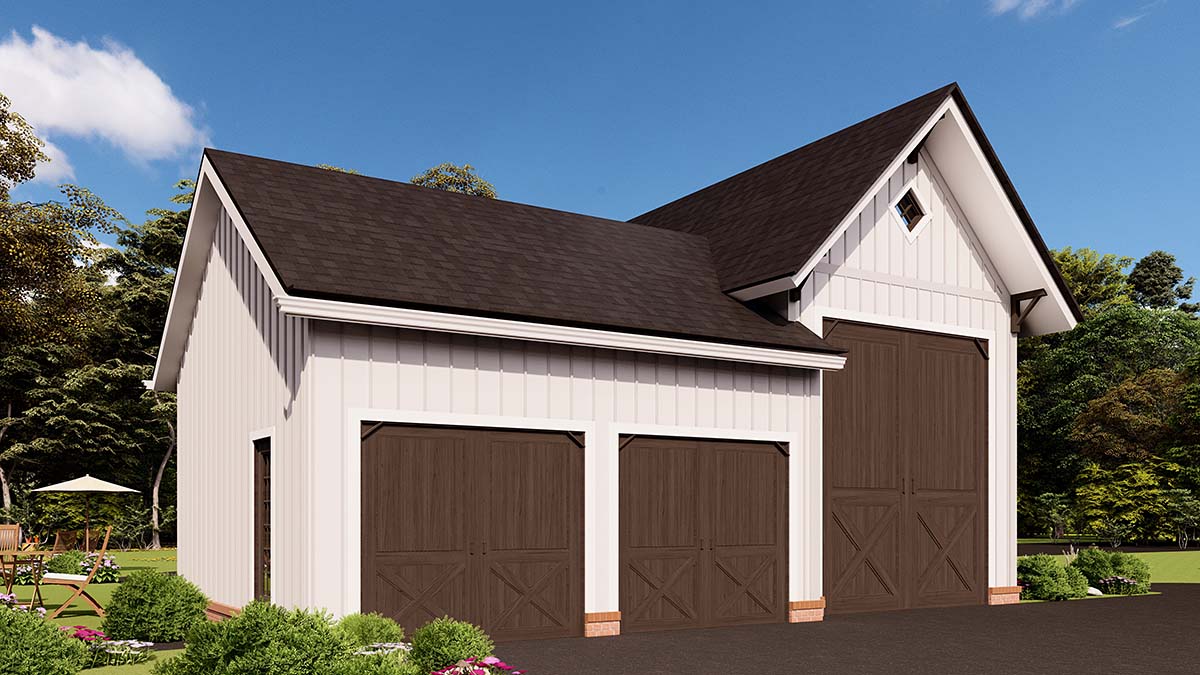Cost Of Building A 3 Car Garage
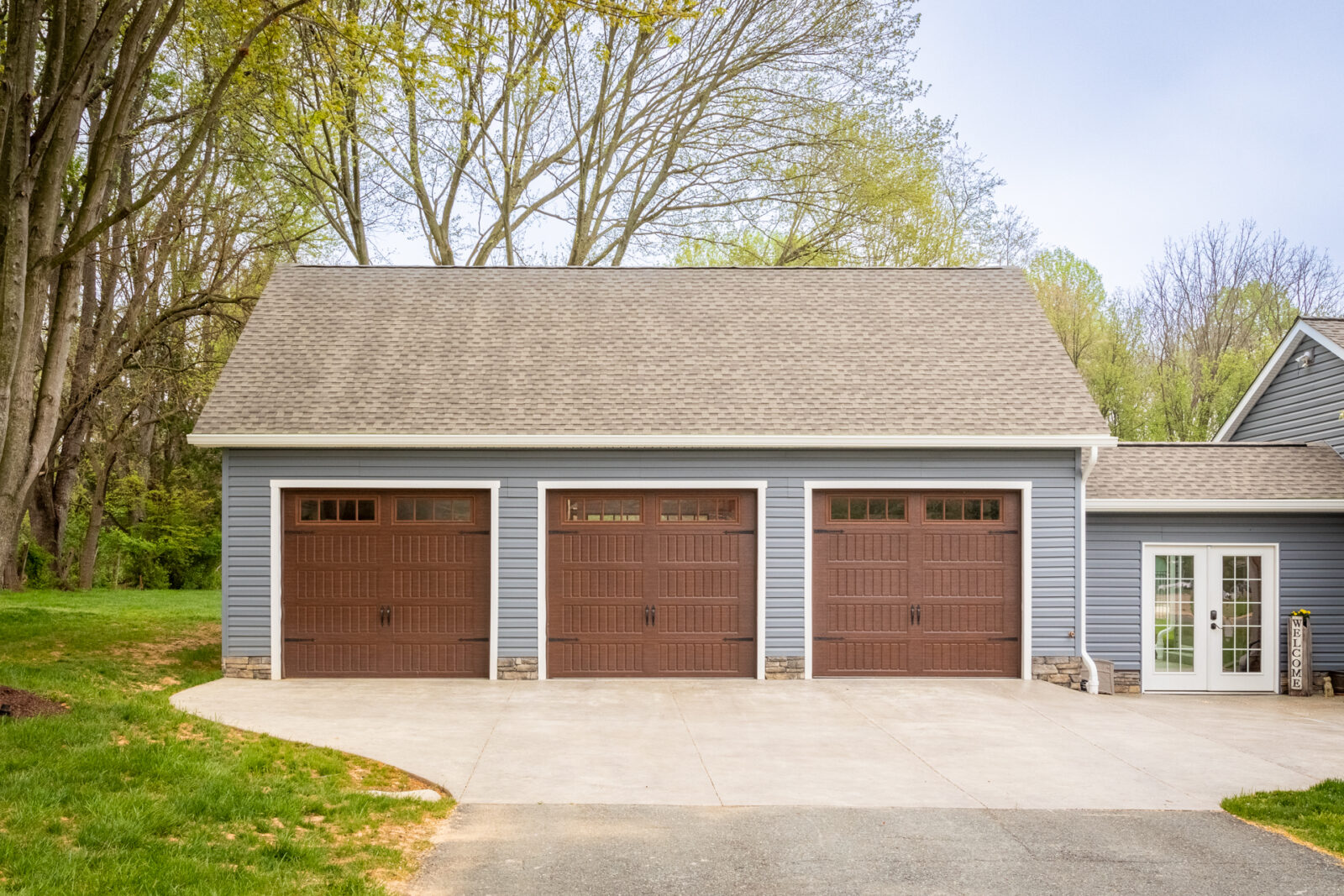
The dream of a spacious three-car garage, offering ample storage, workspace, and protection for vehicles, is a common aspiration for many homeowners. However, the reality of constructing such a structure involves significant financial considerations. Understanding the costs associated with building a three-car garage is crucial for prospective builders to make informed decisions and manage their budgets effectively.
This article delves into the multifaceted expenses involved in building a three-car garage. It will offer a comprehensive overview of material costs, labor expenses, permits, and other contributing factors. It will also show how these influence the overall project budget, allowing homeowners to approach this significant investment with a clear understanding of the financial landscape.
Factors Influencing the Cost
The cost of building a three-car garage isn't a fixed number. It is subject to fluctuations based on a complex interplay of variables. Location, size, materials, and design choices all play crucial roles in determining the final price tag.
Location, Location, Location
Geographic location exerts a considerable influence on construction costs. Areas with high labor rates and stringent building codes typically incur higher expenses. The proximity to material suppliers also affects transportation costs and, consequently, the overall project budget.
For example, building in a major metropolitan area like New York City or San Francisco will undoubtedly cost more than building in a rural area with lower demand and a less expensive labor pool.
Size and Design: Going Big or Keeping it Simple
The dimensions of the garage directly impact the amount of materials required, and therefore, the cost. A larger garage necessitates more concrete, lumber, roofing, and siding. Custom designs, especially those incorporating intricate architectural features, generally command a premium compared to standard, pre-designed plans.
Adding features like a second story, a workshop area, or specialized storage solutions will also increase the overall cost. These will contribute to material and labor expenses.
Material Selection: The Foundation of Cost
The choice of materials significantly impacts the budget. Concrete foundations, lumber framing, and roofing materials are just a few examples. Choosing between basic asphalt shingles and premium tile roofing can create a large cost difference.
Opting for high-end finishes, such as insulated garage doors, premium siding, and energy-efficient windows, will also increase the project's total cost.
Breaking Down the Expenses
A thorough cost analysis requires breaking down the project into its constituent expenses. This includes permits, site preparation, foundation, framing, roofing, siding, doors and windows, electrical, plumbing, and finishing costs.
Permits and Site Preparation
Obtaining the necessary permits is a non-negotiable step. Permit fees vary depending on the location and the scope of the project. Site preparation involves clearing the land, grading, and ensuring proper drainage, all of which contribute to the initial expenses.
Some sites may require extensive excavation or the removal of trees, further adding to the cost.
Foundation and Framing
The foundation serves as the bedrock of the garage. It supports the entire structure. Concrete slab foundations are common, but their cost depends on the size and thickness required. Framing involves constructing the structural skeleton of the garage using lumber or steel.
Lumber prices fluctuate based on market demand and supply, impacting the overall framing costs. Steel framing, while potentially more durable, often carries a higher price tag.
Roofing and Siding
Roofing protects the garage from the elements, and siding provides the exterior aesthetic. The choice of materials for both significantly impacts the cost. Asphalt shingles are generally the most affordable roofing option, while tile or metal roofing offers enhanced durability and aesthetics at a higher price.
Similarly, siding options range from vinyl to wood to brick. Each has its own price point and maintenance requirements.
Doors, Windows, Electrical, and Plumbing
Garage doors, windows, electrical wiring, and plumbing (if required) add to the complexity and cost. Insulated garage doors offer energy efficiency and noise reduction but come at a premium. Electrical wiring is essential for lighting, outlets, and garage door openers.
If the garage includes a bathroom or sink, plumbing costs will need to be factored in.
Finishing Costs
Finishing involves the interior touches. This includes drywall, painting, flooring, and any additional features. These can customize the space to meet specific needs and preferences. Drywall provides a smooth interior surface, while flooring options range from simple concrete sealant to epoxy coatings.
Adding shelving, workbenches, or other storage solutions will also increase the finishing costs.
Cost Estimates and Averages
While precise costs vary, general estimates provide a helpful benchmark. According to industry data, a basic, detached three-car garage can range from $30,000 to $60,000. More elaborate designs with premium materials and features can easily exceed $80,000 or even $100,000.
Attached garages, while potentially less expensive in some aspects, may require more complex integration with the existing house structure, potentially increasing costs.
Tips for Managing Costs
Careful planning and proactive cost management can help control expenses. Obtain multiple quotes from reputable contractors to ensure competitive pricing. Consider opting for standard designs and materials to minimize customization costs. Explore DIY options for certain tasks, such as painting or landscaping, if you have the skills and time.
Careful planning can also help manage unexpected additional costs, such as supply chain delays or design change, by planning ahead of time.
The Final Word
Building a three-car garage is a significant investment that requires careful consideration. Understanding the factors influencing costs, breaking down expenses, and proactively managing the budget are crucial for a successful project. By approaching the project with a clear understanding of the financial implications, homeowners can realize their vision of a spacious and functional three-car garage without breaking the bank.
Researching and planning can contribute to the overall success and enjoyment of the investment.
